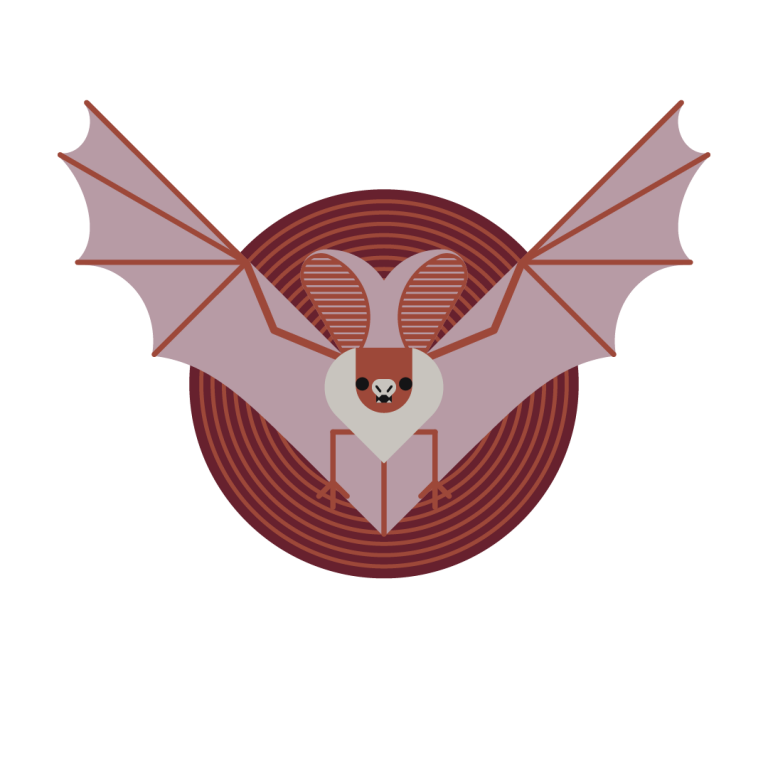Northern Pygmy Owl
This tiny owl, with a taste for songbirds, is a daytime hunter who might go unnoticed as it lies in wait for its favorite prey. In fact, you might only see one when you look for the source of the ruckus caused by an agitated flock of Chickadees or Siskins. Although being on the menu for Pygmy Owls, these small birds will often mob the owl, in an effort to ward them off.
Interesting fact:
This owl has eyes on the back of its head! Actually, they are two black feathered circles – its actual eyes, on the front of the head, of course, are yellow.

where it lives
Found in open forests, coniferous or mixed deciduous. Often in riparian areas.
conservation concern
Apparently Secure— At a fairly low risk of extirpation in the jurisdiction due to an extensive range and/or many populations or occurrences, but with possible cause for some concern as a result of local recent declines, threats, or other factors.
Sources
- The Cornell Lab of Ornithology
- Birds of Southwest BC
- Richard Cannings
- Tom Aversa
- Hal Opperman
What you can do
Since songbirds are prime prey for Pygmy Owls, you can use birdfeeders to support your local songbirds, which creates additional food sources for these small owls. For more information on building and caring for birdfeeders, see: Canadian Wildlife Federation-Building and Maintaining Nesting Boxes. And, since these owls prefer coniferous forests, protecting forestlands also protects the owls.
Become an Expert
To learn more about Pygmy Owls, click: here








